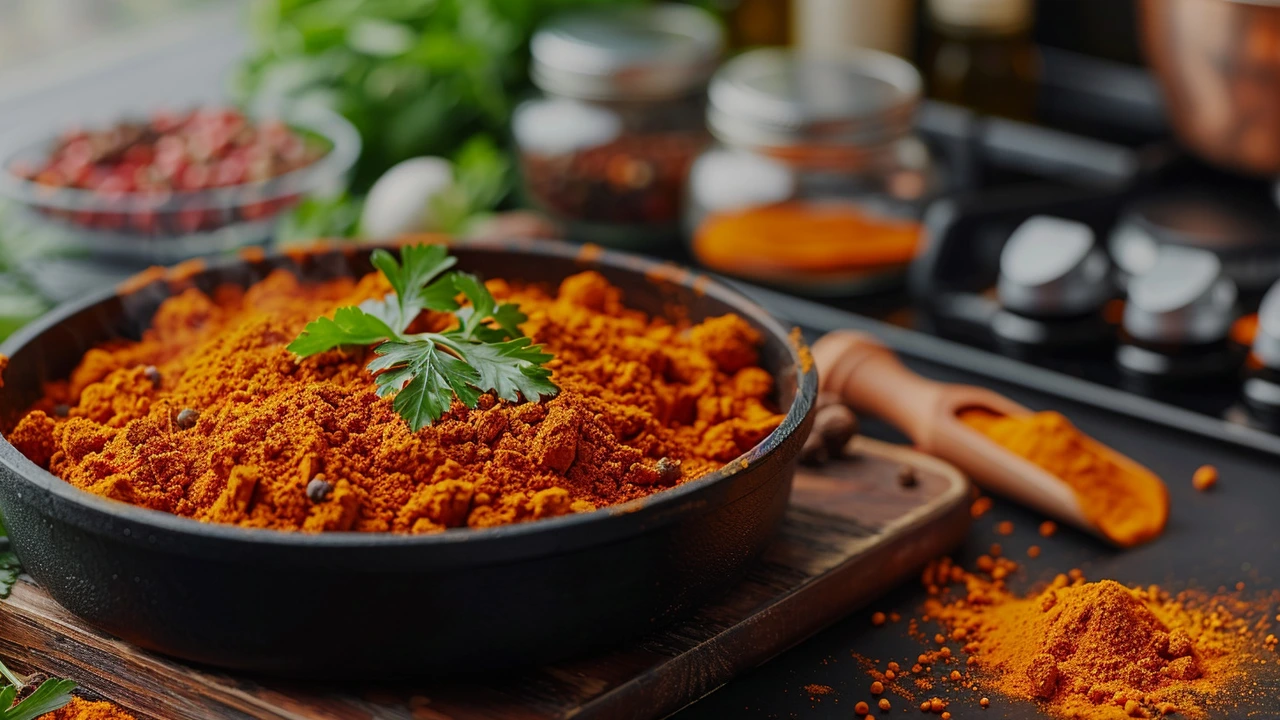Antioxidant properties: what they do and why you should care
Antioxidant properties sound technical, but the idea is simple: these compounds help neutralize harmful molecules called free radicals that can damage cells. That damage links to faster aging, inflammation, and higher risk of some health problems. Knowing which foods and habits boost antioxidant levels gives you a simple, practical way to protect your body every day.
Think of antioxidants like rust-proofing for your cells. You don't need supplements to start seeing benefits — small food swaps work well. Below you'll find clear, usable tips and food choices that fit real life, not just lab studies.
Foods with strong antioxidant properties
Berries (blueberries, strawberries, raspberries) are an easy go-to. They contain anthocyanins and vitamin C — both great at fighting free radicals. Dark leafy greens like spinach and kale bring lutein and beta-carotene, two antioxidants tied to eye and skin health. Tomatoes offer lycopene, which becomes more available when cooked. Nuts, especially walnuts and almonds, deliver vitamin E and healthy fats that help your cells stay stable. Don’t forget spices: turmeric, cinnamon, and cloves pack powerful antioxidants in tiny amounts.
Green tea and coffee both supply antioxidant compounds too. If you like tea, switching from sugary drinks to green tea is one of the simplest moves with a measurable antioxidant boost. And dark chocolate (70% cocoa or higher) gives flavonoids — enjoy a small square without going overboard on calories.
Simple ways to boost antioxidant intake daily
Start breakfast with berries on oatmeal or yogurt. Add a handful of nuts or seeds to salads and smoothies. Swap a plain snack for an apple with almond butter. Use turmeric in soups or scrambled eggs. When you cook vegetables, try steaming or quick sautéing to keep nutrients intact; overcooking drains antioxidants.
Keep it varied. Different antioxidants protect different parts of the body, so a colorful plate matters. Aim for a mix of reds, greens, blues, oranges, and purples across the week. That’s an easy way to cover more antioxidant types without memorizing complex lists.
A quick note on supplements: they can help in certain cases, but whole foods provide fiber, vitamins, and compounds that work together. High-dose antioxidant supplements sometimes cause problems if used long-term, so talk to a healthcare pro before starting one.
Small, consistent changes beat dramatic one-time fixes. Swap one processed snack for a piece of fruit, steam veggies instead of frying, or swap soda for unsweetened tea. Within a few weeks you’ll likely feel steadier energy and notice small wins like fewer cravings or better digestion.
Want a starter plan? Add berries three times a week, include a leafy green daily, and season meals with turmeric or cinnamon. Those moves give measurable antioxidant properties to your diet without changing your whole routine.

Turmeric's Health Prowess: Understanding Its Powerful Benefits
This article explores the remarkable health benefits of turmeric, a vibrant spice known for its potent medicinal properties. Readers will discover how turmeric's main component, curcumin, plays a crucial role in combating inflammation and acts as a powerful antioxidant. The piece also delves into turmeric's potential effects on brain health, its role in preventing chronic diseases, and how it can aid in digestion and pain relief. Practical tips on incorporating turmeric into a daily diet are also provided, making this spice an indispensable part of a healthy lifestyle.
Read More